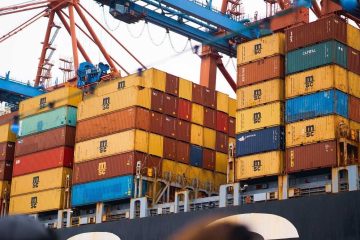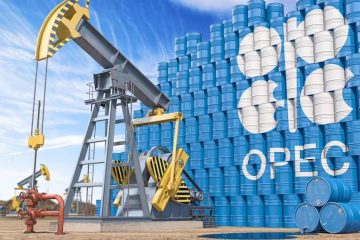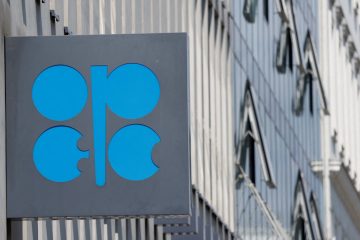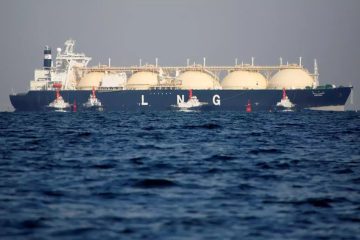Oil Hits Four‑Year Low as U.S.–China Trade War Stokes Recession Fears

Oil prices slumped to their lowest levels in four years on Monday, extending last week’s sharp losses, as escalating trade tensions between the United States and China rattled global markets and intensified fears of a looming recession. The ripple effects from this geopolitical friction triggered a broad-based selloff across commodities, with both energy and industrial metals witnessing steep declines.
Brent crude futures and U.S. West Texas Intermediate (WTI) futures both fell nearly 3% during Asian trading hours, pushing oil benchmarks to levels not seen since 2021. The latest plunge deepens a multi-session rout, with prices down more than 10% over the past week. Market sentiment remains fragile, with traders reacting to worsening signals around global demand and anticipating a shift in central bank policy trajectories, especially in the United States.
Investor confidence was further eroded following renewed hawkish rhetoric from Washington. Over the weekend, the White House reaffirmed its commitment to imposing a new round of sweeping tariffs on Chinese imports, signalling a hardening stance in trade negotiations. In response, Beijing unveiled retaliatory duties of up to 34% on a wide swathe of American goods — a move widely seen as the clearest indication yet that both sides are digging in for a protracted trade confrontation.
The threat of reduced global trade flows and shrinking industrial activity is now weighing heavily on commodity demand projections. “Tariff-driven demand concerns are the primary driver of the decline,” said Satoru Yoshida, a commodity strategist at Rakuten Securities. He noted that recent supply-side developments, particularly expectations of a production ramp-up by OPEC+, are also contributing to bearish market dynamics. “If other nations follow China’s lead and implement similar countermeasures, the downside risks will intensify,” Yoshida added.
Base metals bore the brunt of the sell-off on Monday. London Metal Exchange (LME) copper contracts sank more than 6% during early trade, hitting a near 17-month low before staging a modest recovery. Shanghai copper futures experienced similar pain, registering a 6% drop — their steepest decline in over three months. Analysts warned that these losses could deepen if the slowdown in manufacturing activity across Asia continues into the second quarter.
Elsewhere, rubber futures traded in Japan tumbled to their lowest point since February 2024, while Malaysian palm oil prices extended their losing streak to a third consecutive session. The decline across these sectors underscores the broader market anxiety about faltering global consumption and stalled industrial growth.
Notably, even traditional safe-haven assets were not spared. Gold, which had surged to record highs the previous week amid geopolitical uncertainty and inflation hedging, saw renewed selling pressure. Analysts attributed the reversal to widespread liquidation as traders sought to cover margin calls and balance losses incurred in other markets. The shift highlights the extent of financial strain spreading across asset classes.
Market participants are now turning their attention to central banks, with growing expectations that the U.S. Federal Reserve may be compelled to initiate rate cuts sooner than previously anticipated. A more accommodative policy stance, driven by deteriorating growth forecasts, could provide some relief to risk assets — but the prevailing outlook remains clouded by geopolitical volatility and weakening global demand fundamentals.
As the U.S.–China trade standoff shows no signs of resolution, financial institutions are beginning to adjust their forecasts accordingly. Several major banks, including Goldman Sachs and Morgan Stanley, have revised their commodity price outlooks downward. Additionally, economists have begun raising the probability of a U.S. and global recession, citing fragile supply chains, weakening consumption, and declining corporate confidence.
In summary, the confluence of protectionist trade policy, retaliatory tariffs, and deteriorating economic indicators is weighing heavily on global commodity markets. With oil prices at their lowest in four years and industrial metals under pressure, investors are bracing for prolonged volatility and the possibility of deeper economic disruption.









